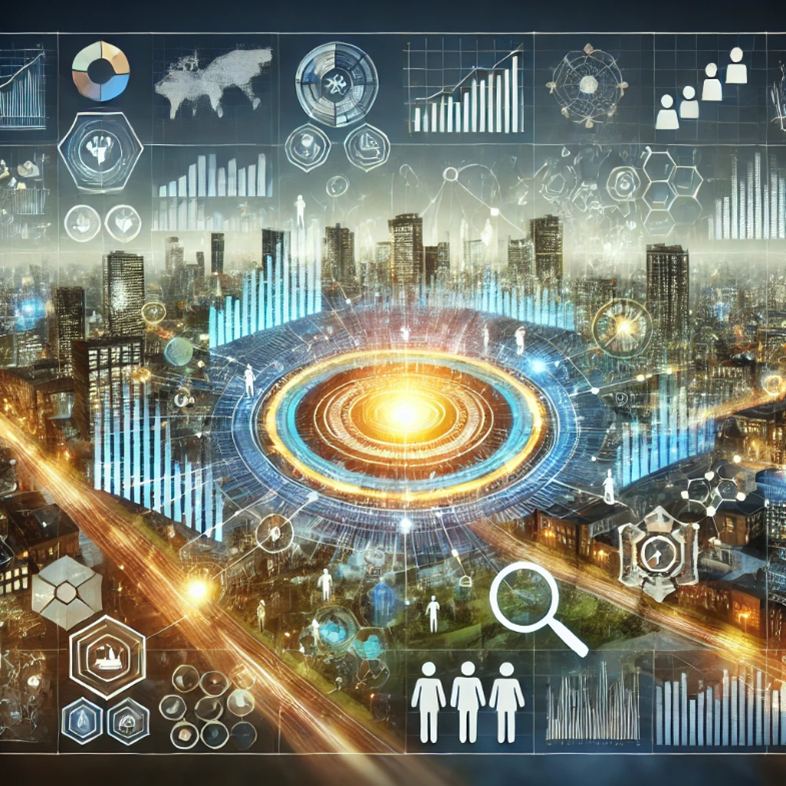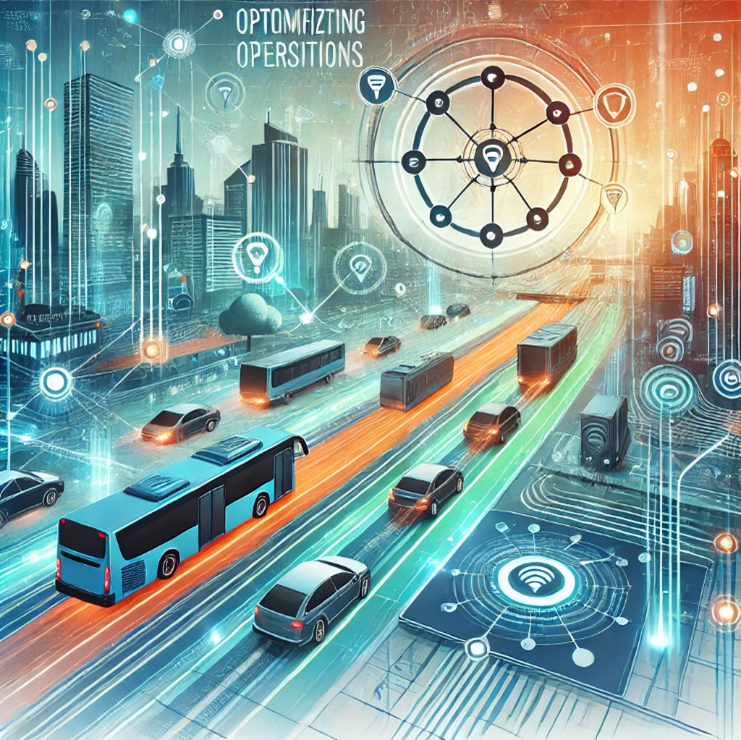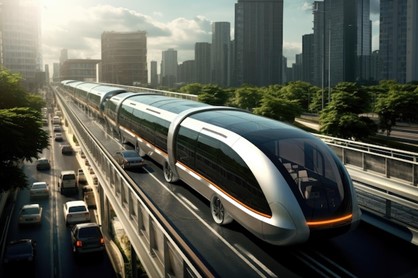What role will AI play in transforming public transportation systems?

What role will AI play in transforming public transportation systems?
by Maximilian 04:56pm Jan 31, 2025

AI has the potential to revolutionize public transportation systems, making them more efficient, sustainable, and user-friendly. Here’s an in-depth look at how AI will play a transformative role:
1. Optimizing Transit Operations
AI can improve the efficiency of public transportation systems by:
Dynamic Scheduling: Adjusting bus, train, or metro schedules in real time based on passenger demand, traffic conditions, or disruptions.
Predictive Maintenance: Monitoring vehicles and infrastructure (e.g., tracks, signals) to predict and prevent breakdowns, reducing downtime and repair costs.
Energy Optimization: Managing energy consumption in electric buses and trains by optimizing acceleration, braking, and charging schedules.

2. Enhancing Passenger Experience
AI-driven systems can make public transit more accessible and convenient:
Real-Time Information: Providing accurate updates on arrival times, delays, and route changes through mobile apps and digital displays.
Personalized Recommendations: Offering tailored route suggestions based on user preferences, such as cost, speed, or comfort.
Seamless Payments: Enabling AI-powered smart ticketing systems that automatically calculate the best fares for multi-modal journeys.
3. Demand Prediction and Management
AI models can analyze patterns to better match supply with demand:
Passenger Flow Analysis: Using historical and real-time data to predict peak times and allocate resources effectively.
Dynamic Routing: Adjusting routes for buses or shuttles in response to real-time demand, reducing wait times and optimizing vehicle usage.
Crowd Management: Predicting and mitigating overcrowding by redistributing passengers across vehicles or stations.
4. Autonomous Public Transit
AI is key to enabling autonomous vehicles in public transportation:
Driverless Buses and Shuttles: Reducing labor costs and enabling 24/7 operations in urban and rural areas.
Automated Trains: Increasing safety and efficiency on metro and light rail systems by eliminating human error.
First-Mile/Last-Mile Solutions: Deploying autonomous pods or shared vehicles to connect passengers to transit hubs.

5. Enhancing Safety and Security
AI improves safety for passengers and operators:
Incident Detection: Using computer vision to monitor platforms, vehicles, and stations for accidents, suspicious activity, or vandalism.
Traffic Management: Coordinating traffic signals and transit vehicles to minimize accidents and delays.
Emergency Response: Providing real-time alerts and guidance during emergencies, such as evacuations or natural disasters.
6. Data-Driven Policy and Planning
AI enables smarter decision-making for policymakers and transit authorities:
Urban Mobility Insights: Analyzing data to identify underserved areas and optimize the design of new transit routes.
Scenario Simulation: Modeling the impact of policy changes, such as fare adjustments or infrastructure investments, before implementation.
Equity and Accessibility: Identifying barriers for disadvantaged groups and creating targeted solutions to improve inclusivity.

Challenges to Address
While AI offers transformative potential, challenges include:
Data Privacy: Protecting sensitive passenger data from misuse or breaches.
Integration with Legacy Systems: Upgrading existing infrastructure to support AI-driven solutions.
Public Trust and Adoption: Ensuring transparency and addressing concerns about job displacement and automation.
Conclusion
AI will reshape public transportation by optimizing operations, improving safety, and enhancing the passenger experience. By enabling smarter systems and autonomous vehicles, AI can help create a more sustainable, equitable, and efficient urban mobility ecosystem.






